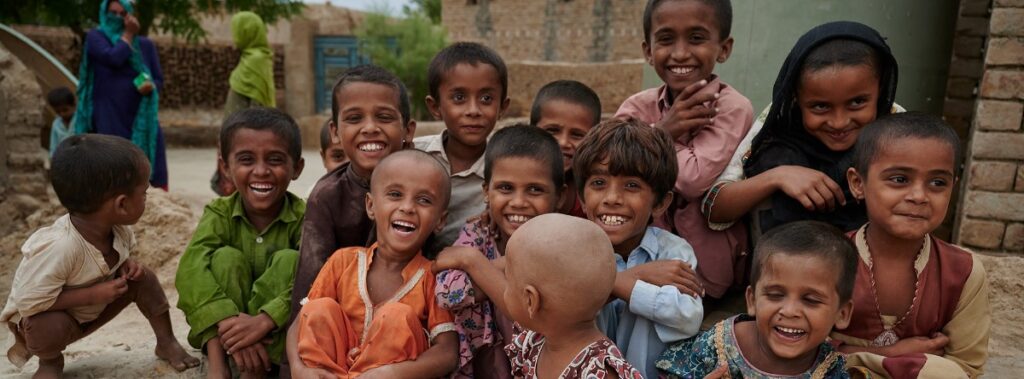The world now has eight billion people, and while China has been the most populous country so far, a new country is set to take over in 2023.

The world’s population reached the eight billion mark on Tuesday. But while China had been leading with the highest population in the world, it is projected to come second next year.
WORLD POPULATION AT 8 BILLION
The United Nations (UN) is celebrating ‘Day of 8 Billion’ on Tuesday as the eight billionth person was born.
It is not clear which newborn became the eight billionth person in the world. But that person is likely to be born in the southern hemisphere. UN Secretary-General António Guterres said this milestone is a reminder to take responsibility and care for the planet.
“This year’s World Population Day falls during a milestone year when we anticipate the birth of the Earth’s eight billionth inhabitant. This is an occasion to celebrate our diversity, recognise our common humanity and marvel at advancements in health that have extended lifespans and dramatically reduced maternal and child mortality rates.”
António Guterres
ALSO READ: India is the leading Asian market for travel to SA
CHINA WILL NO LONGER BE THE COUNTRY WITH THE HIGHEST POPULATION

While China has been leading with the highest population, with more than 1.4 billion people, India is expected to take over next year.
China has been leading with the highest population, currently sitting at more than 1.4 billion. But India is projected to surpass China as the world’s most populous country in 2023, the UN’s World Population Prospects 2022 reported.
The report, released on Tuesday, also found that more than half of the projected increase in global population will be concentrated in sub-Saharan Africa and parts of Asia in 2050.
These countries include the Democratic Republic of Congo, Egypt, Ethiopia, India, Nigeria, Pakistan, the Philippines and Tanzania.
ALSO READ: Cape Town one of the 10 BEST cities in the world, says Condé Nast
THE POPULATION RATE ACTUALLY GOING AT A SLOW PACE
While this might seem like a huge milestone, the global population has actually been growing at its slowest rate since 1950. According to the UN, the population rate has fallen under 1% in 2020.
Fertility has also fallen in recent decades in many countries. Two-thirds of the global population currently live in a country or area where fertility is below 2.1 births per woman. This is the level required for no growth in the long run.
By: Rorisang Kgosana




































































